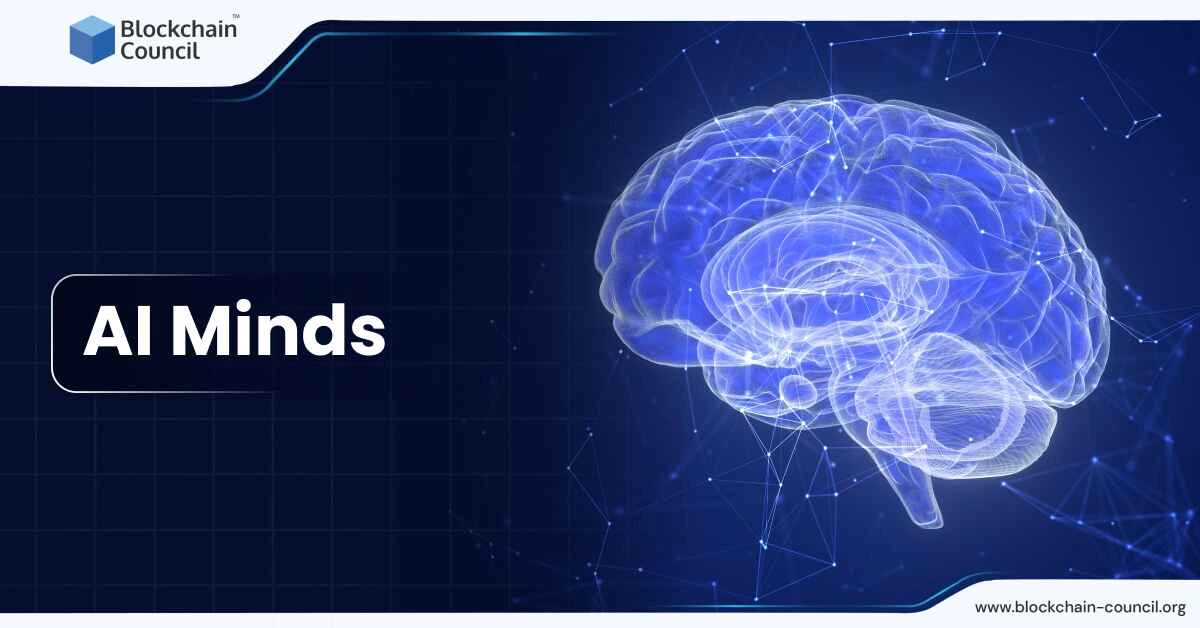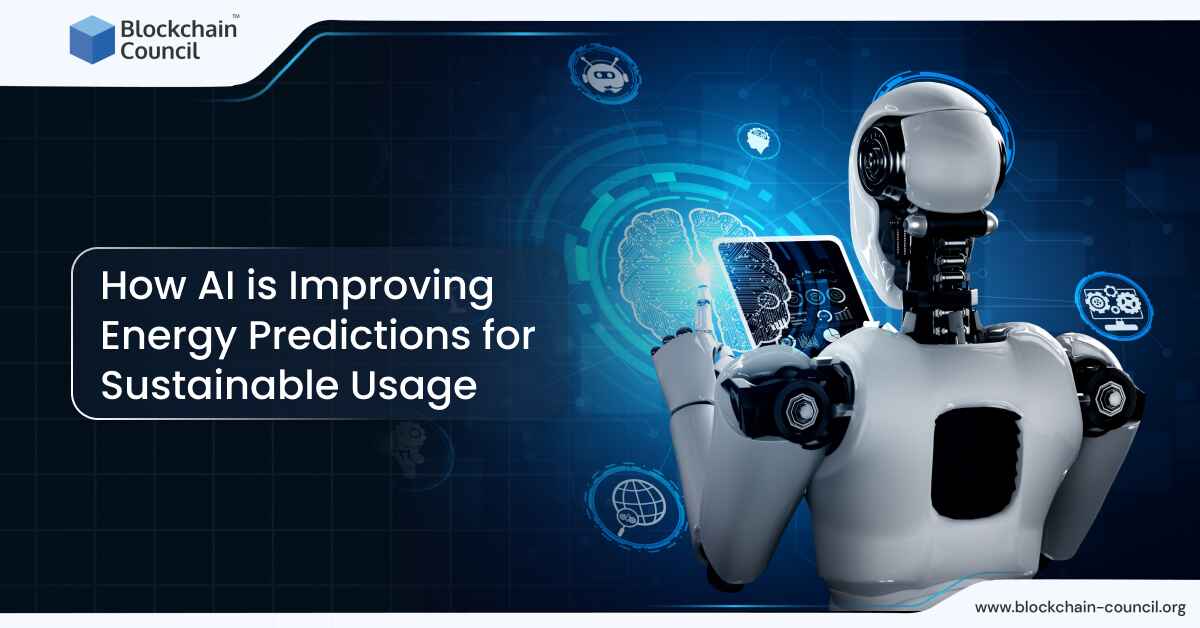
- Blockchain Council
- September 15, 2024
AI Minds are a category of artificial intelligence models that mimic human-like thinking and actions. Built on large neural networks, they process data in ways that are similar to human cognitive functions. These systems have the capability to learn, adapt, and carry out tasks requiring problem-solving abilities and an understanding of context.
Unlike traditional algorithms, AI Minds do more than follow set instructions. They continuously learn from new data, allowing them to adjust to various situations. While not sentient, they can perform tasks that seem intuitive, such as interpreting natural language, spotting patterns in images, or making suggestions based on user behavior.
AI Minds encompass models such as Theory of Mind AI, generative AI, and other sophisticated neural networks.
Key Types of AI Minds
Theory of Mind AI
This one aims to develop systems that grasp and anticipate the mental states of others, including their thoughts, beliefs, and emotions. It is useful in fields like social robotics, where robots interact with humans to provide companionship or assistance in areas like healthcare. However, developing these capabilities is challenging, as it involves navigating cultural differences and complex human emotions.
Generative AI
Generative models create new data from existing inputs, such as generating text, images, music, or code. A popular example is ChatGPT, which interacts through conversations and replies in a way that mimics human communication. Generative AI is also utilized in creative industries, including art and music, where AI models can produce original works based on patterns they have learned.
Robotic Integration
Combining AI with robotics extends the capabilities of machines. For instance, AI robots used in factories can predict when equipment might fail. This helps improve how production runs. In healthcare, AI-enabled robots assist in surgeries, rehabilitation, and patient care, showcasing AI Minds’ potential in settings that require accuracy and flexibility.
Key Characteristics of AI Minds
- Empathy and Emotional Intelligence: A major goal of AI Minds is to recognize and react to human emotions. These systems can analyze expressions, voice tones, and other non-verbal signals to understand emotional states, making interactions more natural.
- Contextual Understanding: AI Minds like Theory of Mind AI aim to grasp the context of interactions, going beyond the literal to understand implied meanings and intentions. This enables more meaningful exchanges, where the AI can capture what is not directly stated.
- Inference of Intentions: AI Minds can deduce user intentions based on their behavior. For example, if a user makes a vague request, the AI can infer the underlying need, adjusting its responses accordingly.
- Adaptability to User Behavior: These systems learn from interactions, tailoring their responses to fit individual preferences and needs over time. This continuous adaptation helps create more personalized experiences that grow alongside the user.
Examples of AI Minds (Theory of Mind AI)
Theory of Mind AI goes beyond standard AI by seeking to understand human emotions, thoughts, and intentions. It involves interpreting complex interactions, social signals, and inferring what others might be feeling or thinking. For instance, a Theory of Mind AI could detect user frustration during a conversation and alter its responses to match the situation.
This technology is still developing, with ongoing research. A notable example is DeepMind’s “ToMnet,” which uses neural networks to predict how one AI might understand another’s beliefs and intentions. By observing and learning from interactions, these systems can make predictions based on previous behavior and current context.
The potential applications are broad. Advanced chatbots with Theory of Mind capabilities could engage more naturally with users, enhancing conversations. In autonomous vehicles, this AI could anticipate the actions of pedestrians or other drivers, boosting safety. Social robots could also employ this technology to better connect with human emotions, enhancing their roles as companions, caregivers, or educators.
Capabilities and Applications
AI Minds can handle a diverse range of tasks. From creative activities like generating written content to technical tasks such as coding and data analysis, these models are being integrated across various fields. Businesses are using AI Minds for content generation, customer interactions, data interpretation, and even medical diagnosis.
Industries like healthcare, finance, and entertainment are discovering new uses for AI Minds. In healthcare, AI supports the diagnosis of medical issues and suggests treatments. In finance, it aids in prediction, detecting fraud, and offering personalized investment advice. The entertainment industry applies AI to generate content and improve user experiences with tailored suggestions.
An interesting example is Microsoft’s Phi-3.5 models, which are open-source and capable of tasks like reasoning, language translation, and image recognition. These models demonstrate how AI Minds can enhance current technology.
Challenges in Developing AI Minds
Despite their potential, developing AI minds faces several obstacles:
- Data Requirements: Building AI that understands human behavior needs vast, varied datasets. Gathering data that accurately reflects the range of human emotions and interactions is a complex undertaking.
- Cultural and Individual Differences: Human social behavior differs greatly among various cultures and people. Training AI to navigate these differences accurately requires comprehensive cross-cultural research.
- Technical Limitations: Current AI systems often struggle to fully interpret complex emotional states and miss subtle signals like sarcasm or nuanced emotions.
- Ethical Concerns: AI that understands mental states raises ethical and privacy questions. Safeguards are necessary to prevent misuse, such as emotional manipulation or intrusive data collection.
Conclusion
AI Minds represent a major step toward creating socially aware and emotionally intelligent artificial systems. Moving beyond task-based AI, these systems open up fresh possibilities for human and machine interactions. However, this progress brings challenges, including ethical considerations and the need for ongoing research into human cognition. The future of AI Minds has great potential to change how we interact with technology.



































































 Guides
Guides News
News Blockchain
Blockchain Cryptocurrency
& Digital Assets
Cryptocurrency
& Digital Assets Web3
Web3 Metaverse & NFTs
Metaverse & NFTs
